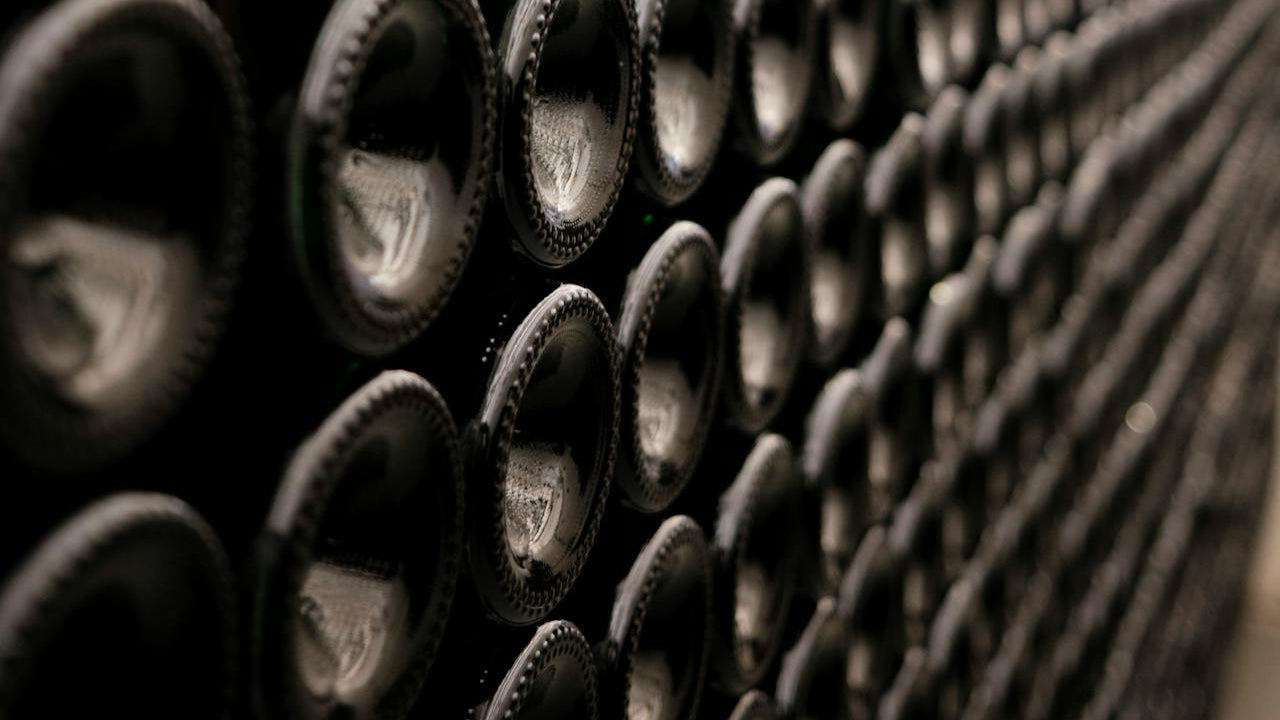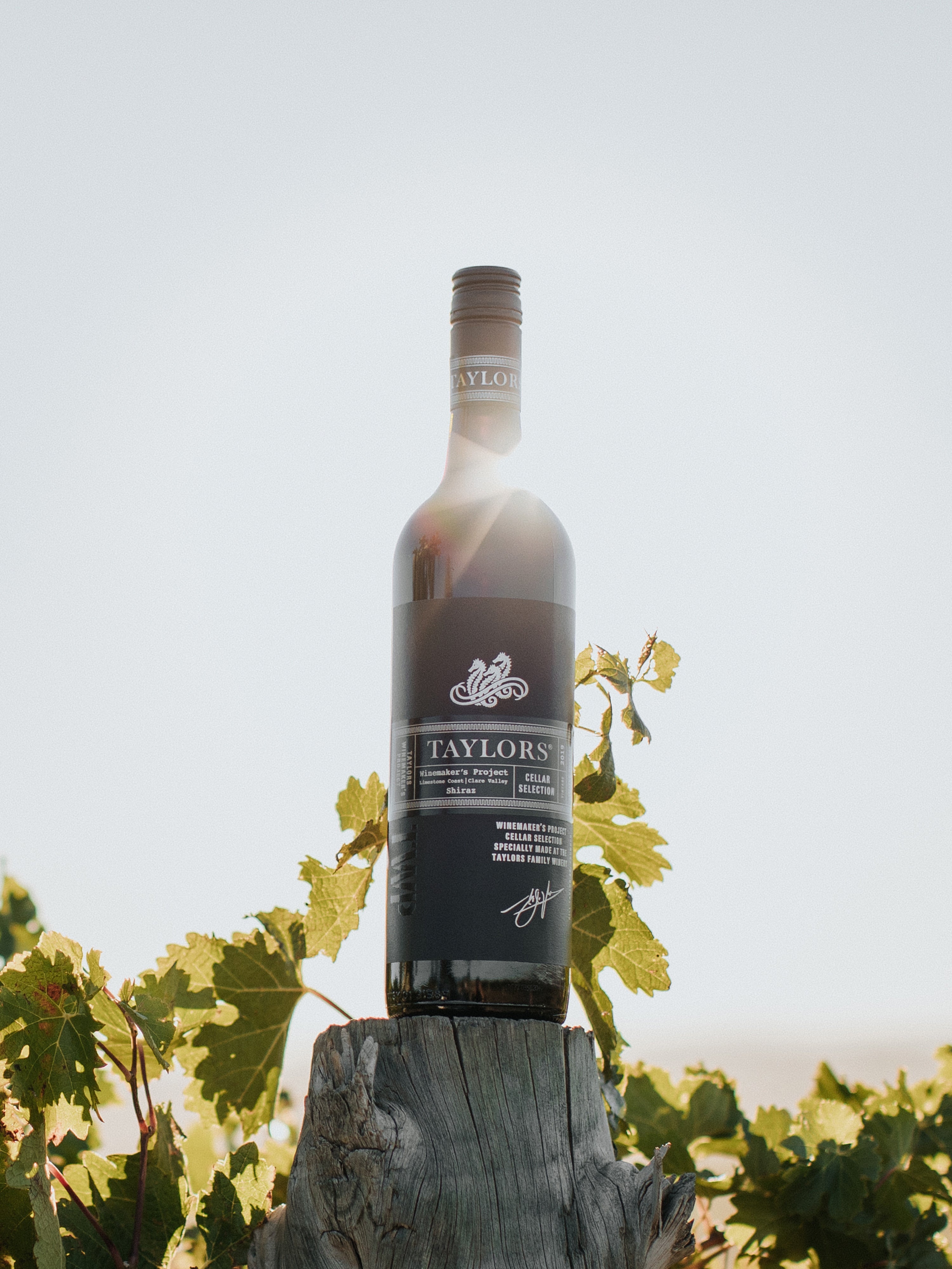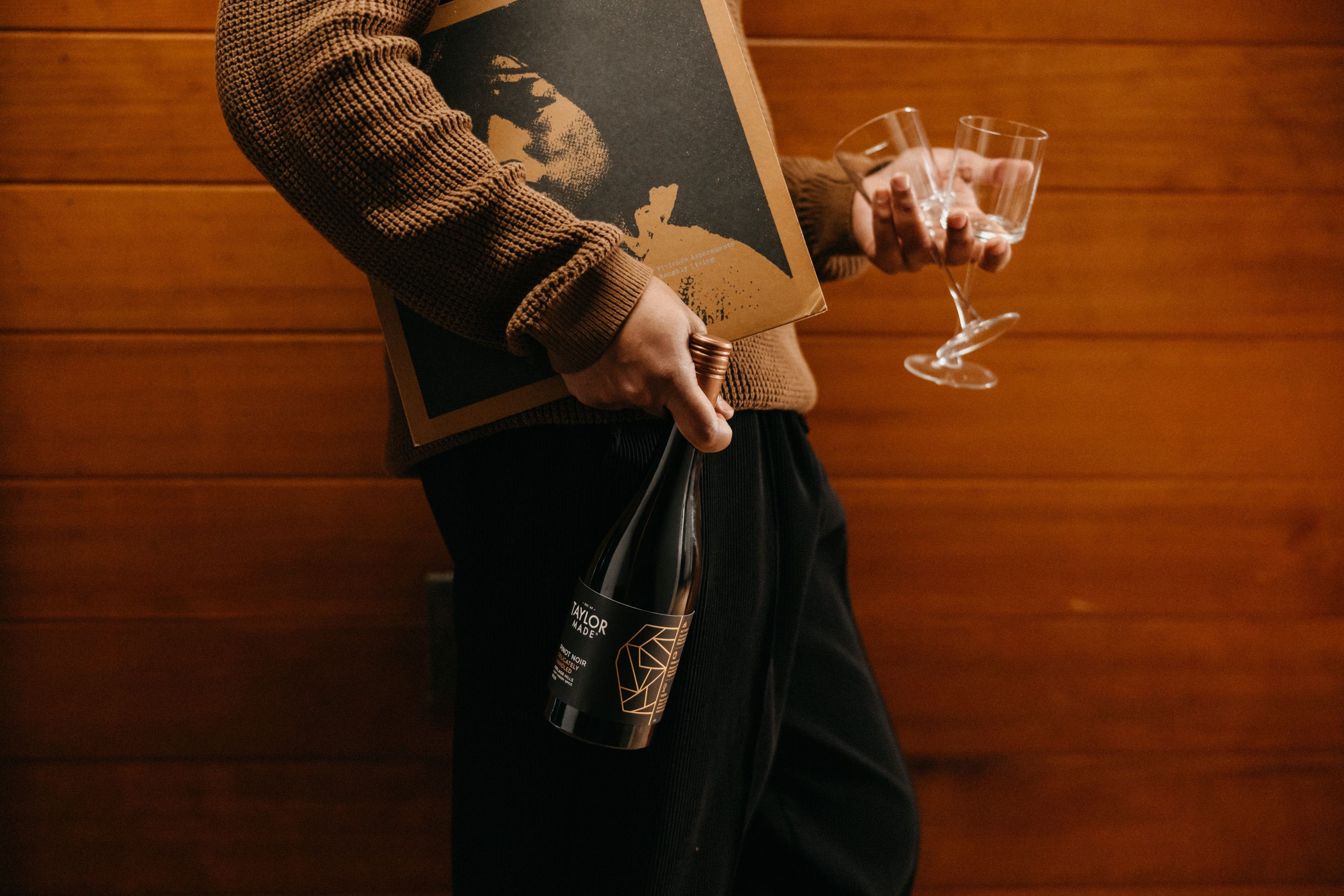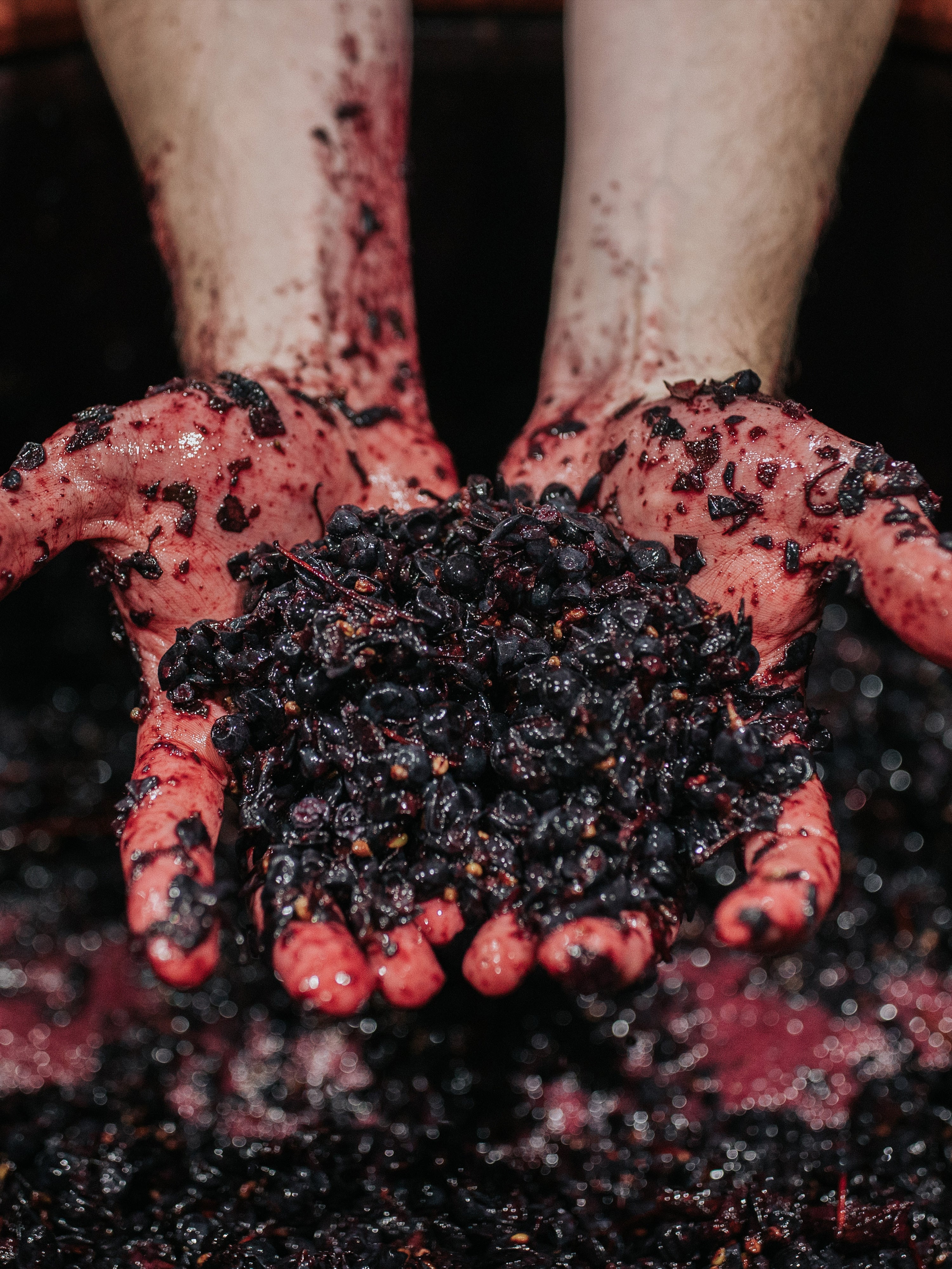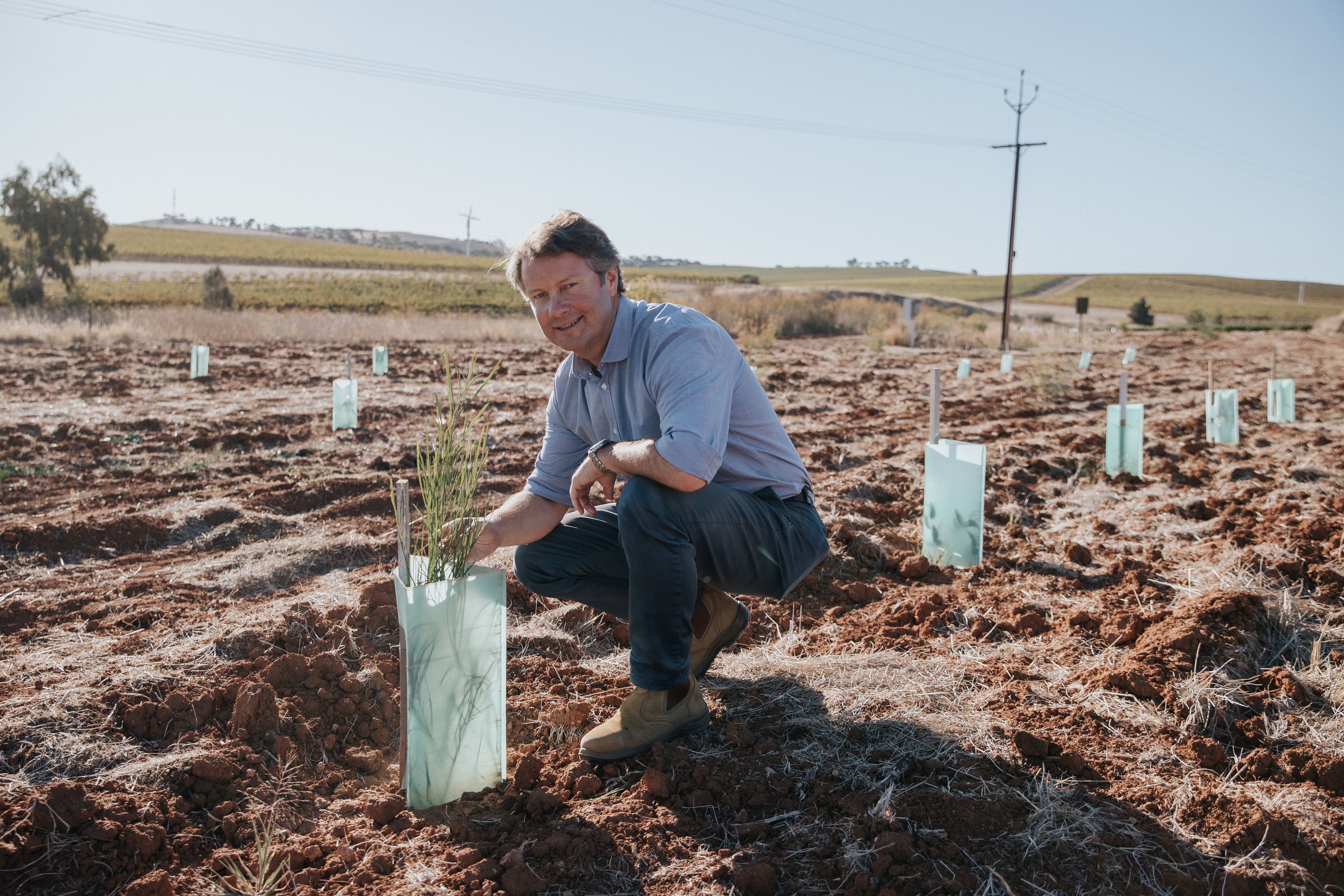-
Storage
There are some important rules when storing wine in your home. Find a place that has the right level of humidity. Too much and you can risk getting mouldy corks that will ruin the wine. Not enough and the corks will dry out and crack, letting air get into the bottle and oxidising it long before you even open it. Try not to move the bottles too often as it is best if they remain still. And finally, cork bottles should always be laying down as opposed to standing. Of course, if the wine is sealed with a screw cap, which most modern wines are, you can stand the bottles up and there’s no need to worry about levels of humidity. All wine should be kept in a darkened area, not exposed to direct sunlight. Even strong overhead lights can cause damage if they are left on all of the time and glowing directly on the bottles. If there will be lighting near your bottles, make sure you use bulbs with a UV protectant coating.
-
Overheating wine
Once wine hits a certain temperature it will begin ’cooking’ and the damage done is irreversible. If you have a bottle of wine that has a cork in it and you fear it may have been exposed to high temperatures, take a look at the positioning of the cork. If it is slightly pushed out, this means the wine has been cooked and you can expect it will be ruined. Never keep wine in a place where it can be exposed to extreme heat such as next to the oven or above the fridge. When you are choosing a bottle from the shop, don’t choose the bottles that are near the windows as they may have been exposed to direct sunlight.
-
Leaving it open for too long
Once a bottle of wine has been opened, oxygen will get in and the oxidation process will begin. You can slow this process down by re-sealing the wine properly but you cannot stop it, so the best thing you can do is make sure you drink the wine within the right timeframe. Red wines and heavy bodied whites should be finished within three to five days. Lighter white wines have a bit longer, lasting up to five days.
-
Store it for too long
Always check the label of a new bottle of wine to see how long you should cellar it for. All wine is different, and while some may be ready to be enjoyed now, others may benefit from cellaring for a few years. But no wine is good if you leave it for far too long and miss the best year to open it. Read the labels carefully and try using wine tags on your bottles so you know at a glance which ones are ready for drinking. The following ways in which a wine can be ruined cannot be helped by the end consumer. But these points are worth knowing about so you can understand if the wine you have bought is flawed and whether or not you should return it.
-
Cork taint
When airborne fungi come into contact with cork, it will produce TCA. This is a chemical compound that will unfortunately ruin a good bottle of wine. At least three percent of wines that have a natural cork are affected by this fungus, but if you have a screw top this isn’t something you need to worry about.
-
Volatile acidity
Volatile acidity is normal in all wines, but only in small quantities. However, if there’s bacteria in the winery the combination of this with the alcohol and oxygen, it can create volatile acidity to levels that will destroy the wine, leaving it tasting sour with a strong dose of vinegar.
-
Fermenting after being bottled
If a wine is not filtered prior to bottling, there may be leftover yeast and sugar in the wine and this will cause the wine to begin fermenting again in storage. By the time you open a bottle that has been fermenting accidentally you will know due to the tiny bubbles, as well as the bad taste.
-
Excessive sulphur
Sulphur is important in the winemaking process, especially when it comes to keeping bacteria away. However, too much sulphur can ruin a good bottle of wine. The result of too much sulphur is a wine that can taste or smell like burnt matches or rubber, or in some cases like rotten eggs.
-
A yeast called brett
Brett is short for a yeast called brettanomyces which tends to grow in the barrels in wineries. It is difficult to fully eliminate brett once it has infiltrated a winery, and so some wineries have actually become known for producing wines that have the distinct flavours that brett can bring. In a small amount, it can be quite pleasant. However, in large amounts it will spoil a good bottle of wine. At Taylors Wines we have developed a unique, touch activated temperature sensor so you can tell when your wine is at the perfect serving temperature to enjoy. Take the Taylors Temperature Challenge and see the difference for yourself.
Share
Read more
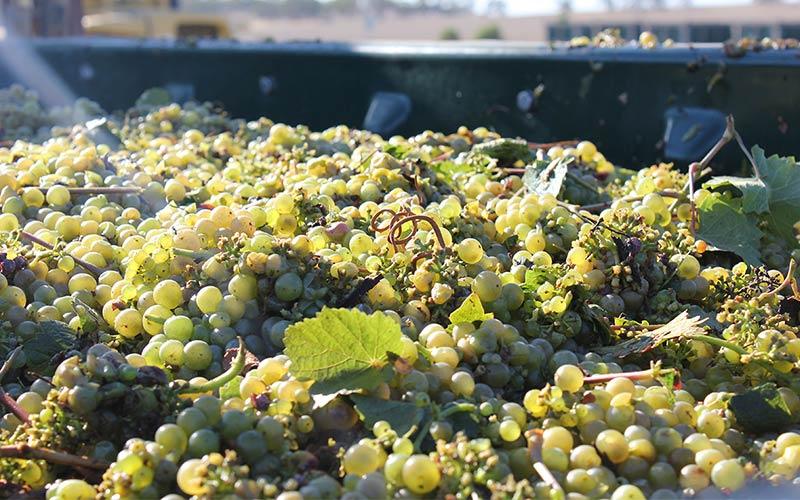
The Joys of Aged Riesling
Have you overheard people discussing aged Riesling aromas in terms of petrol or kerosene? Have you ever wondered what that is about? Well lets unpack this more...

The Joys of Aged Riesling
Have you overheard people discussing aged Riesling aromas in terms of petrol or kerosene? Have you ever wondered what that is about? Well lets unpack this more...
